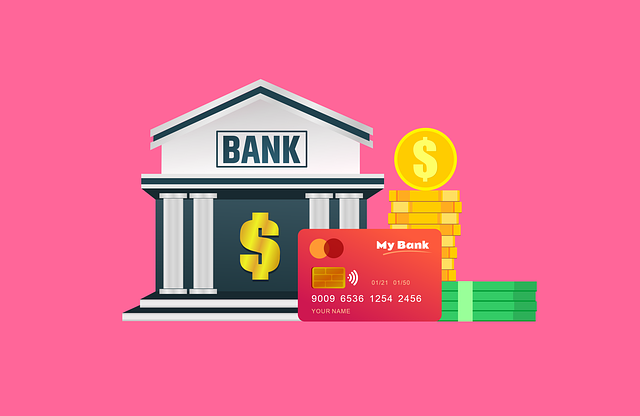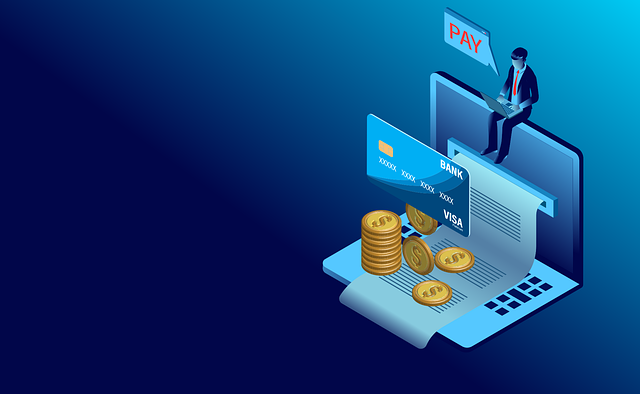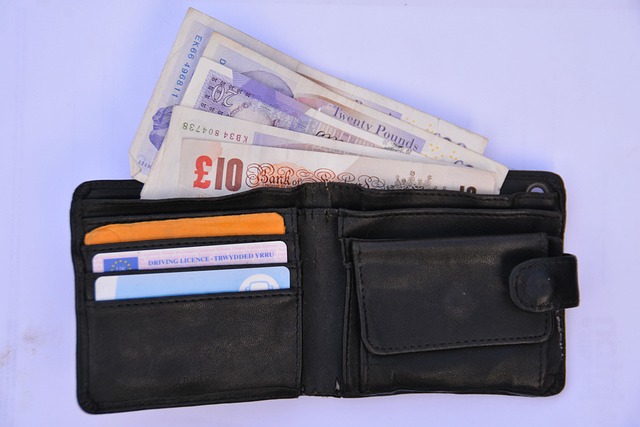Debt consolidation streamlines debt management by merging multiple loans into one with a lower interest rate. It involves assessing debts, calculating totals, evaluating credit scores, and creating a tailored payment plan aligned with budget constraints. Prioritizing high-interest debts and choosing the right loan with flexible terms are crucial for minimizing monthly payments and achieving financial freedom more swiftly. A sustainable debt consolidation plan requires understanding one's financial situation and loan qualifications in the UK, comparing options, and adhering to a realistic, long-term strategy.
Struggling with multiple debts? Consider debt consolidation—a strategic approach to repaying your loans faster and more efficiently. This guide will navigate you through the process, from understanding the basics and unlocking benefits to evaluating your unique debt situation. Learn how to prioritize debts, choose the ideal consolidation loan, and craft a tailored payment plan for long-term success. Master these steps, and you’ll be well on your way to financial freedom.
- Understand Debt Consolidation: Basics and Benefits
- Evaluate Your Debt: Types and Prioritization
- Choose the Right Consolidation Loan Option
- Create a Sustainable Payment Plan for Success
Understand Debt Consolidation: Basics and Benefits

Debt consolidation is a strategy that combines multiple debts into one single loan with a lower interest rate. This allows individuals to simplify their repayment process and potentially reduce their overall debt burden. By consolidating, borrowers can say goodbye to several monthly payments and instead focus on making just one consistent payment towards their debt. It’s a popular approach for those looking to get out of debt faster and regain financial control.
The first steps to debt consolidation involve evaluating your current debts, calculating the total amount owed, and assessing your credit score. This process helps determine eligibility for consolidated loans and the potential interest rates available. A debt consolidation payment plan is then created, aligning repayment terms with your budget, ensuring lower monthly debt payments, and ultimately speeding up the path to becoming debt-free.
Evaluate Your Debt: Types and Prioritization

Before diving into debt consolidation, it’s crucial to Evaluate Your Debt. Start by identifying the types of debts you carry—credit cards, personal loans, student loans, mortgages, etc.—as each has its own interest rates and repayment terms. Prioritize your debts based on interest rates; typically, you should focus on paying off high-interest debt first. This strategic approach, often known as the debt snowball or avalanche method, can significantly reduce the overall cost of repayment and help you achieve a debt-free life faster.
Understanding your debt landscape is key to creating an effective debt consolidation payment plan. It allows you to make informed decisions about which debts to consolidate and how much you can afford to pay monthly. By taking these first steps towards debt consolidation, you’ll not only reduce stress with a debt-free life in sight but also gain valuable tips and tricks that will guide you through the process.
Choose the Right Consolidation Loan Option

When considering debt consolidation, choosing the right loan option is a crucial step to get out of debt faster. It’s important to look beyond just the lowest interest rates and consider factors like repayment terms and conditions. A good debt consolidation payment plan should align with your financial situation, offering manageable monthly payments that fit within your budget. This means assessing your current income, fixed expenses, and remaining debt obligations to determine the most suitable loan amount and term length.
For those in the UK with bad credit, there are still options available for government assisted debt consolidation. These schemes often provide more flexible terms and lower interest rates compared to traditional private loans. However, eligibility criteria apply, so it’s essential to research and understand your options thoroughly before committing to a consolidation plan. Remember, the right loan choice can significantly impact your ability to pay off your debts efficiently and regain financial control.
Create a Sustainable Payment Plan for Success

Creating a sustainable payment plan is key to successfully getting out of debt through consolidation. It involves assessing your financial situation, understanding your debt consolidation loan qualifications in the UK, and designing a realistic repayment strategy. A qualified debt help provider can assist with this process by offering expert advice tailored to your circumstances. Start by calculating your total debts and monthly income, factoring in fixed expenses like rent or mortgage payments. This provides a clear picture of how much you can realistically afford to pay towards your debt each month without causing financial strain.
Consider the benefits of debt management versus consolidation when crafting your plan. Debt management involves negotiating with creditors for lower interest rates and extended terms, while consolidation typically entails taking out a new loan to pay off existing debts. Compare the interest rates, repayment periods, and any associated fees for each option to determine which aligns best with your financial goals. Remember, the goal is to establish a payment plan that you can stick to consistently, ensuring long-term debt freedom.
Debt consolidation is a powerful tool to gain control over your finances. By understanding the basics, evaluating your unique situation, and selecting the right loan option, you can create a tailored strategy for faster debt repayment. A well-structured debt consolidation payment plan not only simplifies your payments but also helps you avoid hefty interest charges. Remember, with diligent planning and discipline, achieving financial freedom is within reach.
